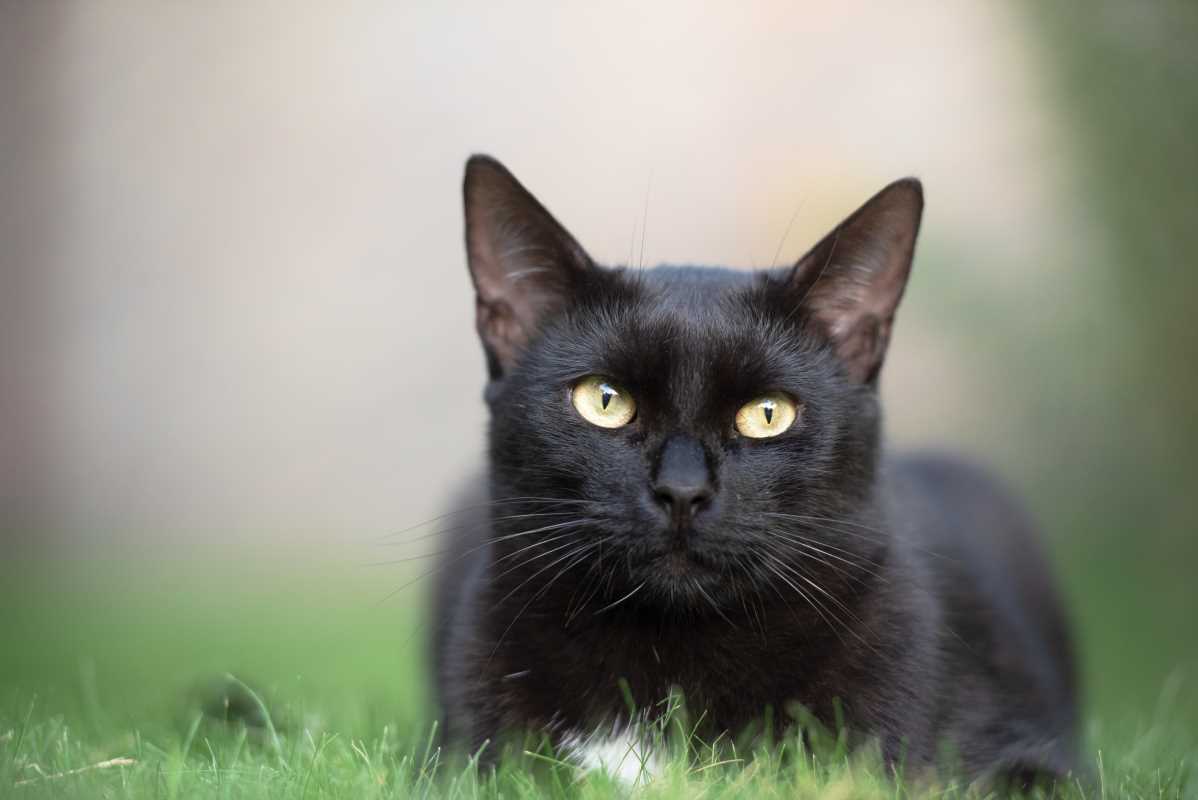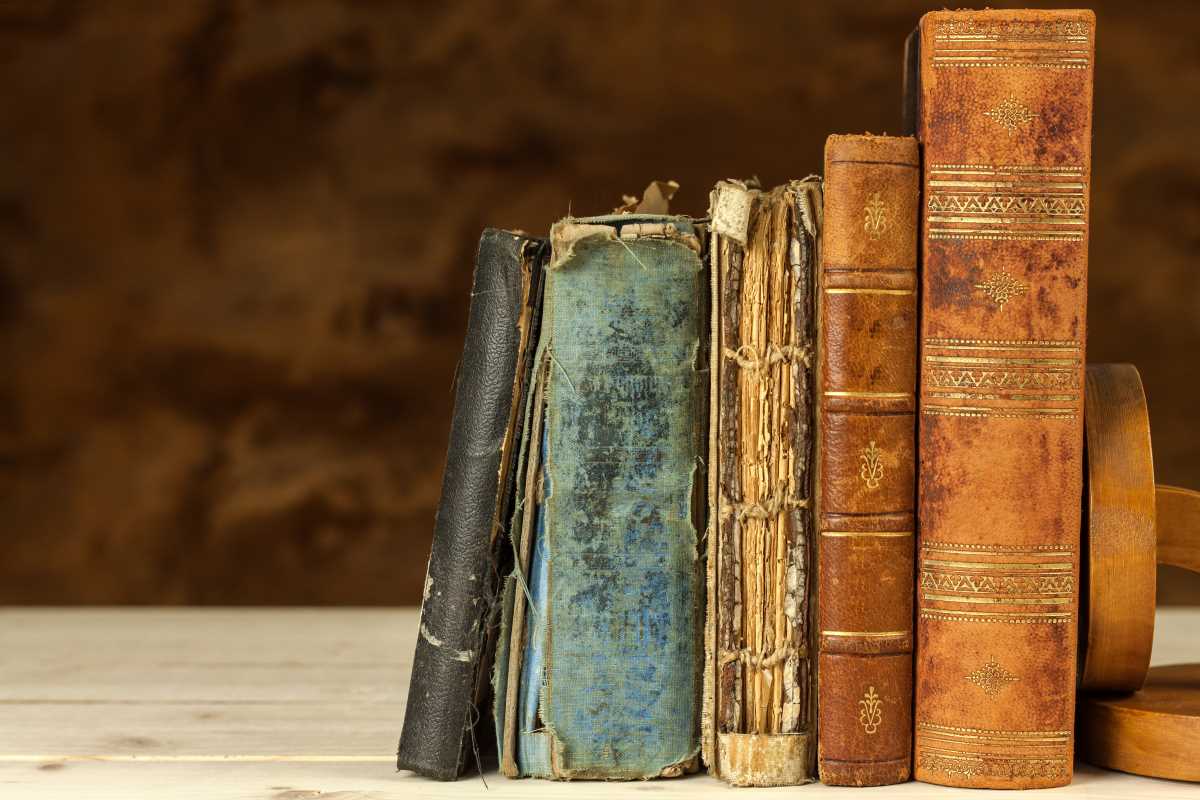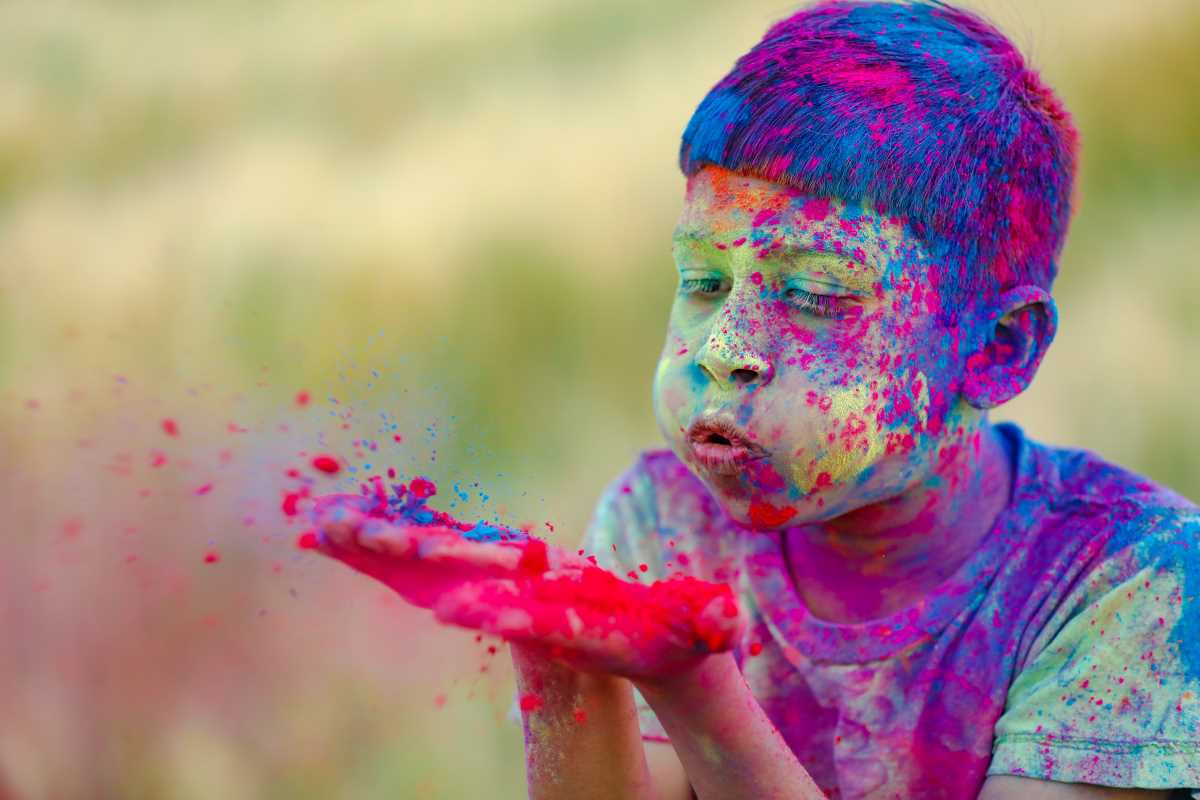Superstitions have fascinated humans for thousands of years. They’re those peculiar beliefs or rituals, like avoiding walking under ladders or carrying a lucky charm, that many follow without question. But where do these habits come from? Reflecting fears, hopes, and ancient attempts to make sense of the world, superstitions tell us a lot about humanity’s shared history. From ancient civilizations to modern times, they’ve morphed and spread across cultures, revealing deep layers of psychology and tradition. We can uncover why these beliefs have stood the test of time by digging into their origins, understanding how they've evolved, and connecting them to cultural values.
What Are Superstitions and Why Do We Have Them?
Superstitions are beliefs or practices not based on science but on tradition, folklore, or irrational fears. They’re often linked to luck, bad omens, or the supernatural. At their core, superstitions serve a purpose tied to human psychology. They give a sense of control in an unpredictable world. If you've thrown salt over your shoulder after spilling it or knocked on wood to “undo” bad luck, you’ve experienced this comforting illusion of influence.
Centuries ago, superstitions filled gaps in human understanding before science could explain natural events. Why did a storm destroy crops? Why did someone fall ill? Early people turned to rituals and omens for answers. These traditions were passed down, and over generations, they became ingrained in cultural practices.
Ancient Beginnings of Superstitions
Superstitions trace back to ancient societies that lived in close connection with nature. Without scientific tools, people developed rituals to try to influence the unpredictable. For instance, ancient Egyptians believed that the yearly flooding of the Nile required their gods' blessing, so they performed elaborate ceremonies to ensure the life-giving waters returned. These practices weren’t random but survival-oriented.
One famous superstition comes from ancient Rome, where people feared the power of the “evil eye.” They believed some individuals could curse others simply through envious or malicious glances. Romans carried charms or amulets, called "fascinus," often shaped like phallic symbols, as protection to counteract this. This belief in the evil eye is one of the world’s oldest superstitions and remains influential in various cultures.
Meanwhile, in ancient China, feng shui emerged as a practice that helped people harmonize with their environment. Dating back to the Zhou dynasty (1046–256 BCE), feng shui used principles of energy flow, or “qi,” to orient buildings and cities in alignment with natural forces. Over time, it became a sophisticated system that shaped architecture and urban planning. Even today, feng shui inspires design, reaching far beyond its Chinese roots.
Superstitions in the Middle Ages
The Middle Ages brought an interesting blend of religious doctrine and superstition. Christianity came to dominate Europe, but older pagan beliefs lingered, intertwining with religious tenets. For example, the idea that Friday the 13th is unlucky gained traction in this period, but didn’t originate from Norse or Christian legends as often claimed. The superstition appears to have evolved from separate beliefs about the misfortunes of Fridays and the bad luck associated with the number 13. Combining these two fears into a single superstition likely became popular in France during the 19th century and later spread globally.
At the same time, fear of witchcraft ran rampant. Witches were blamed for bad harvests, illnesses, and other misfortunes. People adopted protective rituals, like carving crosses into doorways to ward off evil. Though some of these behaviors were harmless, many tragically led to witch hunts and executions.
Not all superstitions of the time were ominous, though. For instance, the belief in the luck of a horseshoe originated in Europe during this period. Iron was thought to have protective powers, and the horseshoe's crescent shape was said to ward off spirits. This tradition remains popular today, with horseshoes often hung above doorways for good luck.
Superstitions Across Cultures
Every region of the world has developed its own unique superstitions, often reflecting its cultural identity. Take Japan, for example. The number four is considered unlucky because its pronunciation (“shi”) resembles the word for “death.” Japanese hospitals sometimes skip the fourth floor, mirroring how Western buildings omit the 13th floor.
In India, certain animals are associated with omens. A black cat crossing one’s path can signal bad luck, tracing back to folklore where such events predicted misfortune. Conversely, elephants are viewed as symbols of good fortune, and images of elephants are commonly used in ceremonies and decorations.
Latin America is known for superstitions tied to Día de los Muertos (Day of the Dead). This celebration marries ancient Mesoamerican rituals with Catholic traditions to honor deceased loved ones. Families prepare offerings like food and flowers to ensure their ancestors’ spirits remain at peace, showcasing how superstition can keep cultural values alive.
Even localized superstitions influence modern behaviors. Athletes may stick to specific rituals, like wearing the same socks for luck during a winning streak. Students knock on wood before exams. These small superstitions remind us of humanity’s universal desire to sway outcomes, no matter how irrational.
Why Do Superstitions Persist?
Despite scientific advancements, superstitions aren’t going away anytime soon. First, they satisfy emotional needs in times of stress or uncertainty. Performing rituals—even as simple as crossing fingers for good luck—is a way to feel proactive when outcomes are out of our hands. Second, superstitions are deeply linked to cultural identity and tradition. They’re passed down like family recipes, connecting people to their heritage.
Superstitions also adapt to the times. The rise of chain emails and online myths has brought new kinds of magical thinking. For example, those infamous emails claiming bad luck if you don’t forward them are digital-age superstitions that mimic older patterns.
The Relevance of Superstitions Today
Superstitions may seem like relics of the past, but they’re alive and well in modern life. Whether avoiding broken mirrors or sticking to pre-game rituals, we often continue to reach for superstitions without even realizing it. They connect us to ancient fears and hopes while offering a small sense of stability in an unpredictable world.
More than that, superstitions remind us of the creativity and resilience of the human mind. They’ve evolved with us, offering insight into our ancestors’ lives and linking us to centuries of shared experience. We knock on wood, cross our fingers, and wear lucky charms for luck and to keep history alive, one quirky tradition at a time. Maybe they still hold just a little magic after all.
 (Image via
(Image via





